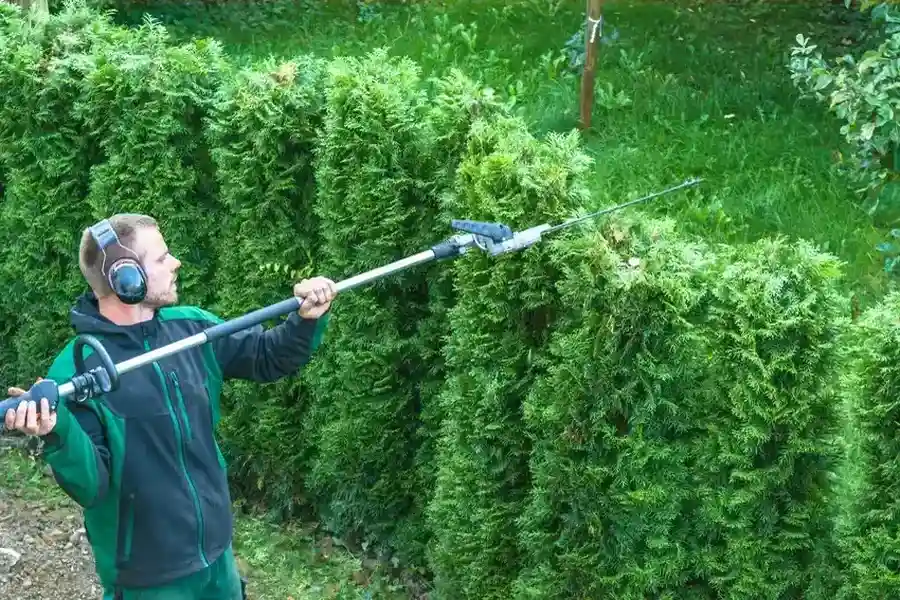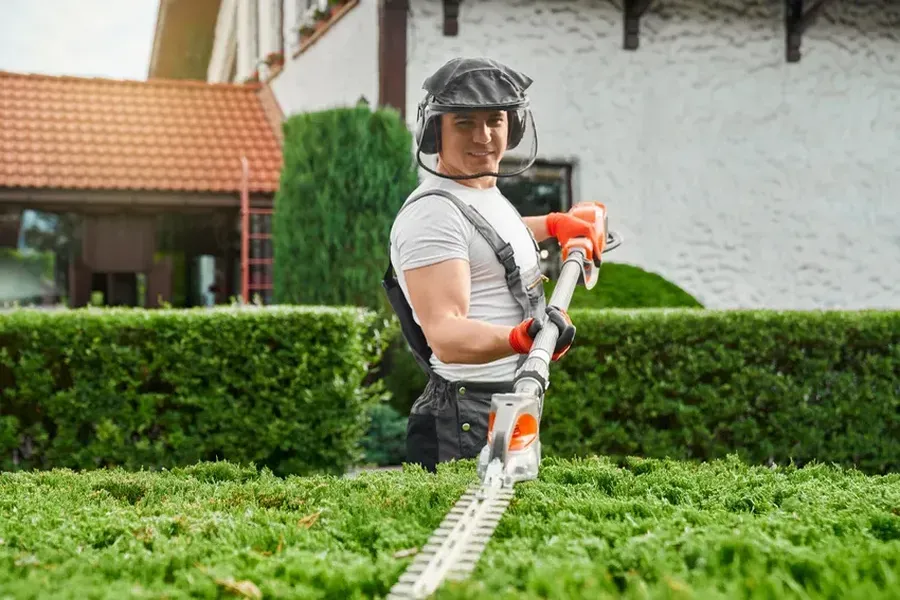The Connection Between Plant Maintenance and Pest Control
Proper plant care is essential for maintaining a healthy garden. One important aspect of this care is preventing pests from turning your plants into their home. By managing the way you trim and maintain your hedges, you can significantly reduce the chance of pest infestations. It’s not just about keeping things tidy; it’s about protecting your entire garden ecosystem. This discussion will uncover how correct maintenance techniques, including trimming, play a pivotal role in keeping unwanted visitors at bay.

Benefits of Regular Hedge Maintenance
Keeping your garden well-maintained offers several benefits beyond aesthetics. When bushes and hedges become overgrown, they create hiding spots and breeding grounds for many pests. Regular hedge trimming helps to eliminate these environments by encouraging healthier growth patterns. As a result, you achieve both a beautiful garden and a natural deterrent against pests that seek shelter in dense foliage.
Common Issues With Overgrowth
An untamed garden presents multiple problems. Overgrown areas can lead to reduced air circulation around plants, increasing susceptibility to disease. Moreover, thick branches and leaves provide cover for insects like aphids and caterpillars. These pests can quickly multiply if left unchecked. In addition, an unkempt landscape can attract larger nuisances such as rodents or birds looking for nesting sites.

Effective Techniques for Plant Care
To combat these issues, strategic hedge trimming should be part of your routine. It involves removing dead or unhealthy branches and shaping the plants to allow sunlight to reach all parts evenly. This practice ensures robust, pest-resistant growth while also making your yard less attractive to pest species. Using sharp tools and sanitizing them between uses helps prevent the spread of diseases during trimming.
Expert Recommendations for Reducing Pests
- Prune regularly to remove weak and infested branches before pests spread.
- Maintain an even shape to enhance sun exposure across the plant surface.
- Avoid excessive watering which can promote fungal growth attracting more pests.
- Incorporate organic mulch to improve soil health without harboring insects.
- Use natural repellents when necessary to keep bug populations under control.
Understanding Industry Standards for Garden Care
It’s crucial to follow industry standards for proper plant maintenance to ensure effective results. This includes knowing the best times of year for trimming specific types of plants and understanding local guidelines regarding pesticide use. Adhering to these standards not only improves garden health but also keeps your practices environmentally responsible.
Cost Implications of Routine Maintenance
Initial investments in regular care might seem high, but they pay off through lower costs associated with pest damage repair. Consistent attention to plant health reduces the need for expensive chemical treatments later on. Additionally, a well-kept garden adds value to your property by improving curb appeal and demonstrating responsible ownership.
Your Guide to a Healthy Garden Environment
Protecting your garden from pests requires attention to detail and commitment to regular upkeep. Located in Clermont, IA, I offer personalized advice tailored to your needs. Reach out to Crawford Lawn Maintenance at (563) 422-7860 for expert guidance on achieving a thriving outdoor space with minimal pest interference.
